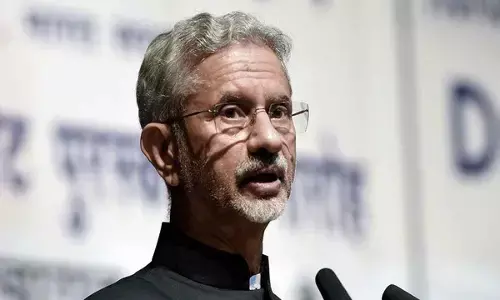Leading Digital Transformation: Satish Krishnamurthy's Impact on Retail and Financial Technology

Satish Krishnamurthy reflects on his belief in the need for adaptability and innovation to meet evolving business demands. His career, which spans both the financial services and retail sectors, focuses on building scalable and reliable systems that address challenges and drive success in these industries
Satish Krishnamurthy, Stores Portfolio Lead Architect at Macy's Technologies, is a name synonymous with innovation in the retail and financial technology landscapes. With an illustrious career marked by significant accomplishments, Satish has redefined how AI, cloud technologies, and microservices architectures are integrated into modern business systems.
Reflecting on his career, Satish shares, “The journey from financial technology to retail has been both challenging and rewarding. My experience with high-volume transaction systems at institutions like Capital One and Bank of America laid a strong foundation for tackling the dynamic demands of retail technology.”
Satish’s expertise in microservices architecture has been instrumental in driving transformation in retail systems. “Breaking down monolithic systems into microservices was a game-changer,” he explains. “It allowed us to scale components independently and deploy new features faster without compromising system stability. This approach has been critical during peak shopping periods, where high availability is non-negotiable.”
Cloud technologies form the backbone of his innovative solutions. Leveraging tools like AWS and Google Cloud, Satish has implemented serverless computing and container orchestration to optimize operations. He recalls, “At Capital One, I developed Spark jobs using EMR clusters for efficient data processing. That experience proved invaluable in retail, where processing vast amounts of real-time data is essential.”
A defining moment in Satish’s career was leading the development of AI-driven recommendation engines that increased Macy’s average order value by 12%. “The challenge was ensuring the models could handle the ever-changing nature of retail data,” he notes. “We addressed this by implementing continuous monitoring and refining our models, ensuring performance even during high-traffic events.”
System integration in complex retail environments often involves marrying legacy systems with modern capabilities. “Integrating AI solutions with legacy POS systems and inventory tools required a robust API strategy and message queuing systems like Kafka,” says Satish. “It’s always about enhancing functionality while maintaining system stability.”
Security has remained a cornerstone of Satish’s implementations, a principle rooted in his financial services background. “At US Bank, working on SWIFT message routing and OFAC checks taught me the importance of secure and compliant systems. In retail, we achieve this through API gateways, encryption, and adherence to stringent security standards,” he explains.
Satish is a staunch advocate of DevOps practices, emphasizing their role in achieving rapid development cycles. “Implementing CI/CD pipelines with Docker and Kubernetes has significantly reduced deployment times and improved code quality,” he shares. “Automated testing and monitoring tools like Splunk and Datadog ensure system stability while we innovate.”
Looking ahead, Satish is optimistic about the future of retail technology. “The integration of edge computing, advanced AI/ML, and IoT will revolutionize the industry,” he predicts. “Real-time analytics and personalized customer experiences will become the norm, but the challenge will always be balancing innovation with reliability.”
Satish Krishnamurthy’s leadership and expertise continue to shape the future of retail technology, proving that innovation, when combined with a deep understanding of system reliability and scalability, can drive unprecedented business success. “For me, it’s about creating solutions that not only solve today’s problems but also prepare businesses for the challenges of tomorrow,” he concludes.

















